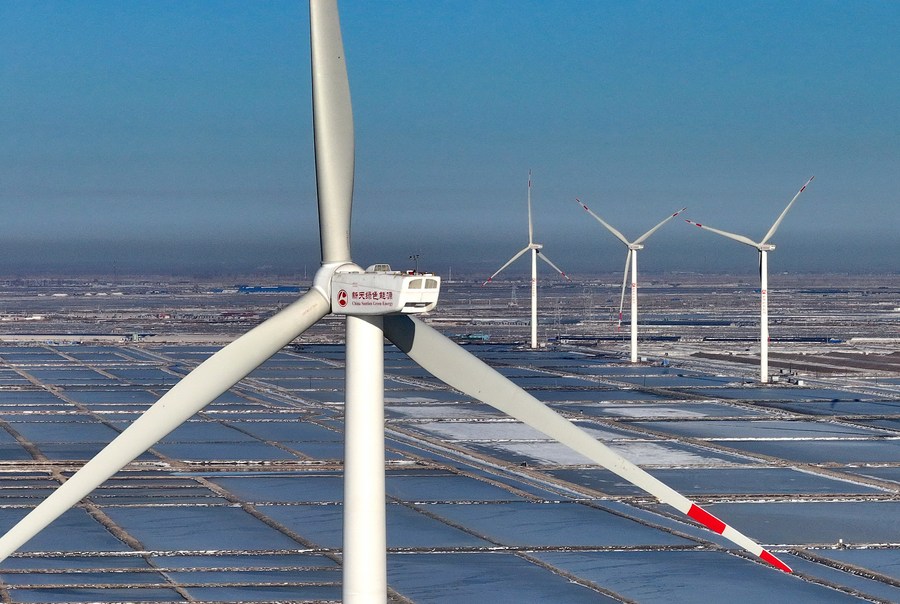


BEIJING, April 26 (APP): Over the last few years, China’s clean energy spectrum has done hard yards to bolster research and development (R&D) – the key driver in advanced productivity. China’s climate-friendly technologies also reached new heights of international competitiveness.
Home to the world’s top filer of international patents, China is rated as leading country in clean energy R&D. A report from Dutch information and data analytics brand Elsevier, annual patent publications for net-zero clean energy technologies have observed high-octane growth since 2008, driven chiefly by China. The report further shows by the end of 2020, nearly 50 percent of all active global patents related to carbon-free technologies originated from China, China Economic Net (CEN) reported.
A report from Bloomberg shows that global spending on the clean-energy transitions reached a record $1.8 trillion in 2023, up 17 percent year-on-year, driven largely by China. Global spending on clean-energy transition last year which includes investments to install renewable energy, build hydrogen production systems, buy electric vehicles and deploy other green technologies is still insufficient to reach net-zero emissions. The world should be investing more than twice as much in clean technology in order to achieve net-zero emissions by mid-century.
The National Energy Administration (NEA) divulged in a report that in 2023 China single-handedly contributed more than 50 percent of the total 510 gigawatts of newly-installed renewable energy capacity around the world. Over the last decade, China has exported various green tech products including wind and photovoltaic equipment to over 200 countries and regions worldwide, contributing to strengthening global response to climate change.
The situation tells clearly that world desperately needs China’s high-tech capacity in green energy transition to secure world future so propaganda about overcapacity is groundless and actually it is not overcapacity but a shortage.
In the case of electric vehicle (EV) sales, demand for EV batteries is also set to grow quickly. In its Global EV Outlook 2024, the International Energy Agency (IEA) forecast that by 2030, EV battery demand will grow four-and-a-half times, and nearly seven times by 2035 compared to 2023.
Since battery electric vehicle (BEV) production is expected to overtake that of hybrids (HEVs), China is already making best strides due to its scale, its plentiful supply of the critical minerals required for battery production and the strategic efforts of the country’s government in encouraging collaboration between companies.
It is matter of fair market competition globally when juxtaposed to Chinese EV batteries and US EV batteries. Manufacturers who can produce batteries offering more mileage and performance take a huge portion of the market. Battery range is one of the most important considerations for somebody choosing an electric car. If BYD could offer a 600-mile range but Tesla only 400 miles, most people would purchase a BYD.
According to the International Energy Agency, China’s contribution has been central in reducing costs globally for solar photovoltaics, with multiple benefits for clean energy transitions. China’s investment in new photovoltaics supply capacity is 10 times more than Europe’s and has created more than 300,000 manufacturing jobs across the solar panel photovoltaics value chain since 2011.
At this critical juncture, where most countries have limited or no green tech production capacities at their disposal to accelerate clean-energy transition yet face increasing intensity and frequency of climate change. In this perilous situation, one of the world’s foremost priorities presently should be to scale up international efforts to ensure green tech products are available and affordable worldwide. Indeed, China has been playing its vital role to make things happen.
Considering the instrumental role played by China in enhancing global climate action, together with the fact that the current global clean energy supply is still not enough to get on track to net-zero emissions by mid-century, it is imperative for the U.S. and EU to strengthen cooperation with relevant organizations and countries including China, rather than embark on protectionist measures that impede global climate action.